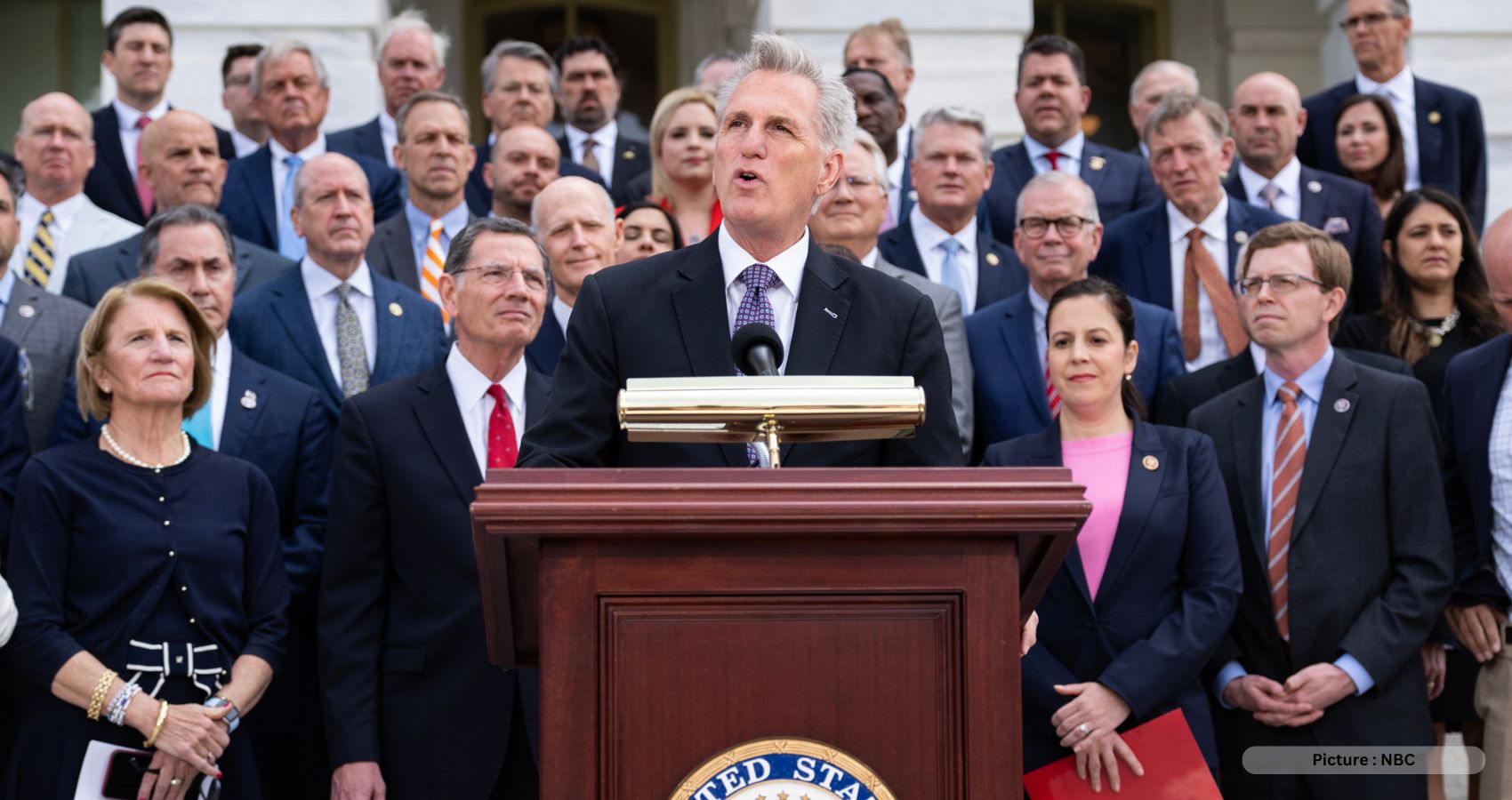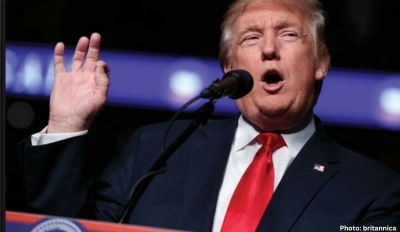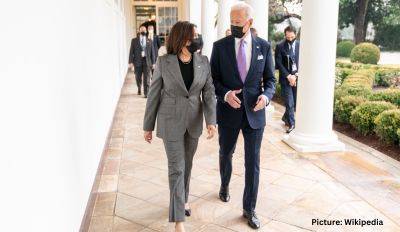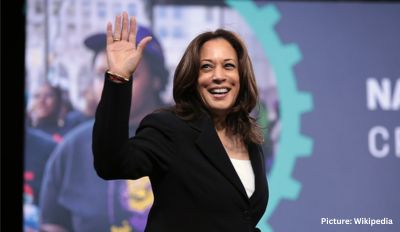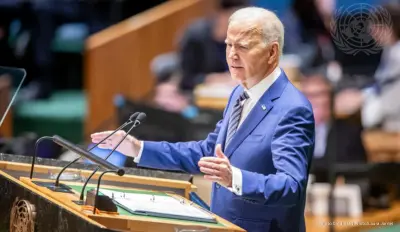The House has passed the debt ceiling bill, allowing the US economy a breather until January 2025. Lawmakers approved the rule just days before June 5, the day Treasury Department Secretary Janet Yellen said the U.S. could plunge into default if the borrowing limit is not raised.
The tally at the governing rule vote to take the Bill to the full House to vote on the Bill was 241 to 187, with 29 Republicans voting “no” and 52 Democrats voting “yes.” Passage of the rule clears the way for a final House vote on the debt ceiling bill.
Rules are typically supported by just the majority party and opposed by the minority, but in this case, Democrats had to cross the aisle to get the rule across the finish line. The GOP defections exposed deep divisions within the House Republican conference.
Democratic leaders instructed their members to let Republicans put up their votes for the rule first, in a strategy for the Democrats: Let Republicans sweat and show how many defections GOP leaders had.
President Joe Biden and Republican House Leader Kevin McCarthy reached a spending deal over the weekend to raise the debt limit. The House is expected to vote on the bill later today.
Senate Minority Leader Mitch McConnell told reporters on Wednesday that he hopes the chamber will finish voting on the debt ceiling agreement tomorrow or Friday.
Still, the timeframe to get the bill passed through both chambers of Congress and signed into law is extremely tight.
While rules votes are typically a partisan, mundane and entirely predictable part of the legislative process, Wednesday’s vote bucked all three trends when more than two dozen Republicans opposed the measure as a last-gasp opportunity to defeat the underlying debt ceiling bill.
And after hanging back, more than 50 Democrats bucked convention to deliver the last-minute votes to push the rule over the finish line.
Before the vote closed, House Minority Leader Hakeem Jeffries (D-N.Y.) held up a green card in an apparent signal of approval for his members to change their votes and help Republicans pass the rule. Democratic members flooded the Well of the House to manually change their votes after voting electronically — though Jeffries remained a ‘nay.’
A number of the Democrats who ultimately voted for the rule are members of the Problem Solvers Caucus, a coalition of bipartisan lawmakers that prides itself on finding common ground.
“We were ready, we had the conversation earlier today — if necessary to be ready to activate and that’s exactly what we did,” Rep. Dean Phillips (D-Minn.), a member of the caucus, told reporters after the rule vote.
“I typically wouldn’t vote for this type of rule,” he later added. “But this is, as I said earlier, this is an extraordinary day, extraordinary measure and required extraordinary consideration.”
The proposal then moves to the Senate, where Majority Leader Chuck Schumer (D-N.Y.) is fighting to pass it before week’s end.
The debt limit bill — titled the Fiscal Accountability Act — came together after more than a week of high-stakes negotiations between emissaries tapped by Biden and McCarthy.
The legislation, which stretches 99 pages, suspends the debt limit until Jan. 1, 2025, implements some spending caps over the next two years, beefs up work requirements for federal assistance programs and claws back billions of dollars of unspent COVID-19 funds, among other provisions.
The agreement would keep nondefense spending roughly flat in the 2024 fiscal year and increase it by 1% the following year, as well as suspend the debt limit until January 2025 — past the next presidential election.
For the next fiscal year, the bill matches Biden’s proposed defense budget of $886 billion and allots $704 billion for nondefense spending.
The bill also requires Congress to approve 12 annual spending bills or face a snapback to spending limits from the previous year, which would mean a 1% cut.
The legislation aims to limit federal budget growth to 1% for the next six years, but that provision would not be enforceable starting in 2025.
Overall, the Congressional Budget Office projected Tuesday that the bill would reduce budget deficits by about $1.5 trillion over the next decade.
Lawmakers are racing against the clock to avert a catastrophic default ahead of June 5, the day the Treasury Department has said it will no longer be able to pay all of the nation’s obligations in full and on time.

